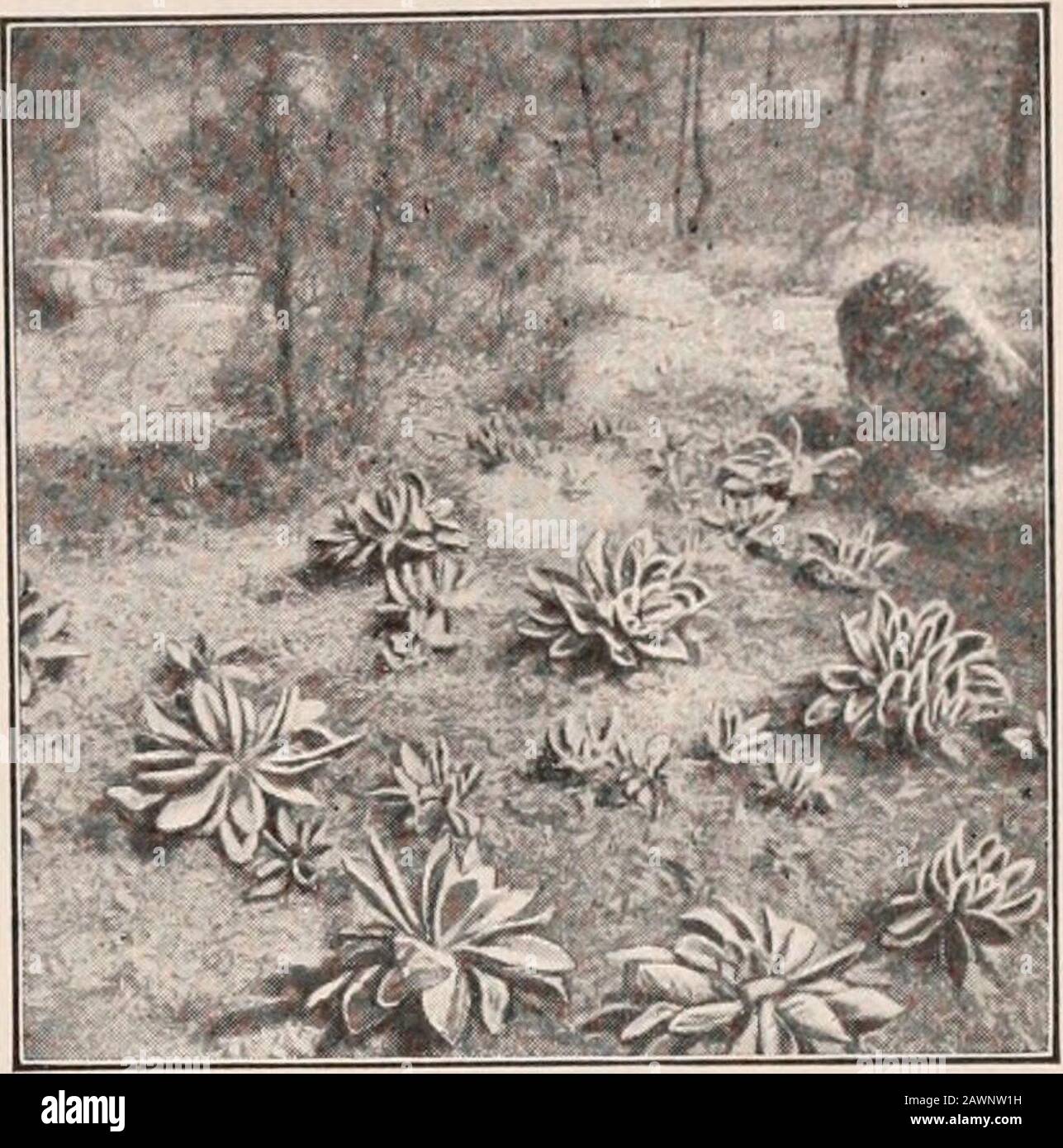A practical course in botany : with especial reference to its bearings on agriculture, economics, and sanitation . ering the cut surfaces with vaseline to prevent bleeding; reversethe positions of both with regard to the light, and watch for two or threedays. In which is the response to light the more rapid ? What does thisindicate as one object of the stem in seeking light? What is the bestposition of a stem, ordinarily, for getting its leaves into the light ? go. Classification. — Stems are classed according to(1) duration, as annuals, biennials, and perennials; (2) with reference to hardnes

Image details
Contributor:
The Reading Room / Alamy Stock PhotoImage ID:
2AWNW1HFile size:
7.1 MB (413.4 KB Compressed download)Releases:
Model - no | Property - noDo I need a release?Dimensions:
1573 x 1588 px | 26.6 x 26.9 cm | 10.5 x 10.6 inches | 150dpiMore information:
This image is a public domain image, which means either that copyright has expired in the image or the copyright holder has waived their copyright. Alamy charges you a fee for access to the high resolution copy of the image.
This image could have imperfections as it’s either historical or reportage.
A practical course in botany : with especial reference to its bearings on agriculture, economics, and sanitation . ering the cut surfaces with vaseline to prevent bleeding; reversethe positions of both with regard to the light, and watch for two or threedays. In which is the response to light the more rapid ? What does thisindicate as one object of the stem in seeking light? What is the bestposition of a stem, ordinarily, for getting its leaves into the light ? go. Classification. — Stems are classed according to(1) duration, as annuals, biennials, and perennials; (2) with reference to hardness or 1 softness of structure, asherbaceous and woody;(3) in regard to positionand direction of growth, as erect, prostrate, climb-ing, inclined, dechned, underground, etc. Qi. Annuals completetheir life cycle in asingle season and thendie down as soon as theyhave perfected theirseed. Many of our mosttroublesome weeds be-long to this class and might be exterminated by the simple expedient of mowing them down before their time of flowering. Fig. 92. — Stems of red oak and .have grafted themselves. THE STEM 83. 92. Biennials, as the name implies, live for two years.Their energy during the first season is spent chiefly in layingby a store of nourishment, usually in the tissues offleshy roots (70). By thismeans they get a good startin the second season andmature their seeds early.Many of our common gar-den vegetables, such as tur-nips, carrots, parsnips, andcabbage, belong to thisclass. Where is the nour-ishment stored in the cab-bage? 93. Perennials are plantsthat live on indefinitely, likemost of our forest treesand woody-stemmed shrubs.Woody stems are usually perennial and may live for hun-dreds and even thousands of years, as those of the giantsequoias of California, and the famous chestnut of Mt.Etna. 94. Herbaceous stems are more or less succulent and diedown after fruiting. They are usually annuals, though somekinds, like the garden geraniums and the common St.-Johns-wort, s